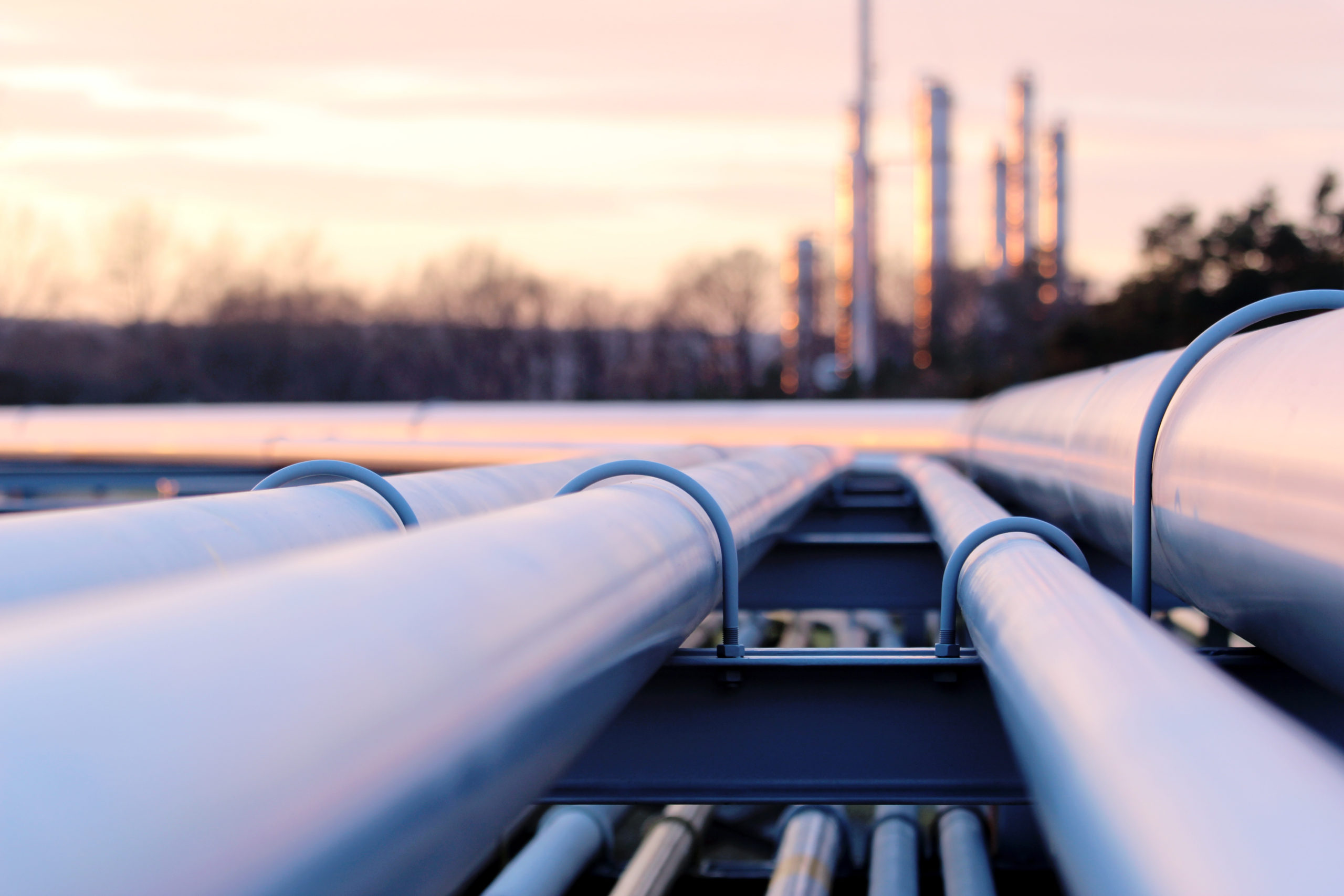Pipeline Industry Must Take Actions to Address Methane Leaks from Pipelines and Pipeline Facilities
Monday, June 7, PHMSA issued a release announcing changes to inspection and maintenance plans under the PIPES Act of 2020, which emphasizes the minimization of emissions for pipeline and pipeline facility operators. The full release is below & can be found on their website.
Issued by PHMSA Monday, June 7, 2021
PHMSA 03-21
Contact: PHMSAPublicAffairs@dot.gov
WASHINGTON – The U.S. Department of Transportation’s Pipeline and Hazardous Materials Safety Administration (PHMSA) today announced it has submitted to the Federal Register an advisory bulletin underscoring to pipeline and pipeline facility operators requirements to minimize methane emissions in the Protecting our Infrastructure of Pipelines and Enhancing Safety (PIPES) Act of 2020. The PIPES Act directs pipeline operators to update their inspection and maintenance plans to address the elimination of hazardous leaks and to minimize natural gas releases from pipeline facilities. The updated plans must also address the replacement or remediation at facilities that historically have been known to experience leaks. This action is only one piece of PHMSA’s ongoing efforts to minimize methane emissions.
“Minimizing methane emissions from pipelines will help improve safety and combat climate change while creating jobs for pipeline workers,” said PHMSA Acting Administrator Tristan Brown. “Pipeline operators have an obligation to protect the public and the environment by identifying and addressing methane leaks.”
In the advisory, PHMSA reminds operators of their obligation to comply with Section 114 of the PIPES Act by December 27, 2021. The Act requires operators to update their inspection and maintenance plans to identify procedures to prevent and mitigate both vented (intentional) and fugitive (unintentional) pipeline emissions. Vented emissions can occur during repairs, maintenance, pressure relief systems, or other controlled activities. Fugitive emissions include leaks from mains or service lines, natural gas meters, or excavation damage, as well as other accidental releases.
In addition to addressing intentional and unintentional emissions, the advisory also specifies that operator plans are required to address the replacement or remediation of pipelines made from cast iron, bare steel, certain vintage plastic, or other legacy materials that are known to cause a disproportionately large share of incidents involving methane leaks.
In January 2021, President Biden signed Executive Orders aimed at demonstrating the Administration’s commitment to making domestic and international climate change a top priority for the federal government. In the U.S., the onshore oil and gas sector is the largest domestic industrial source of methane emissions according to the Environmental Protection Agency. Methane has nearly 30 times the heat-trapping power of carbon dioxide in the Earth’s atmosphere.
The Advisory Bulletin applies to the nation’s entire 2.8 million-mile pipeline network, over 17,000 underground natural gas wells, and 164 liquefied natural gas facilities—covering an estimated 1/3rd of the estimated methane emissions from the oil and gas sector. PHMSA and state pipeline safety regulatory programs will begin inspecting operator plans for compliance with the requirements in 2022.
PHMSA’s advisory bulletin will go on Public Inspection in the June 9, 2021 edition of the Federal Register and will publish on June 10, 2021.
###

